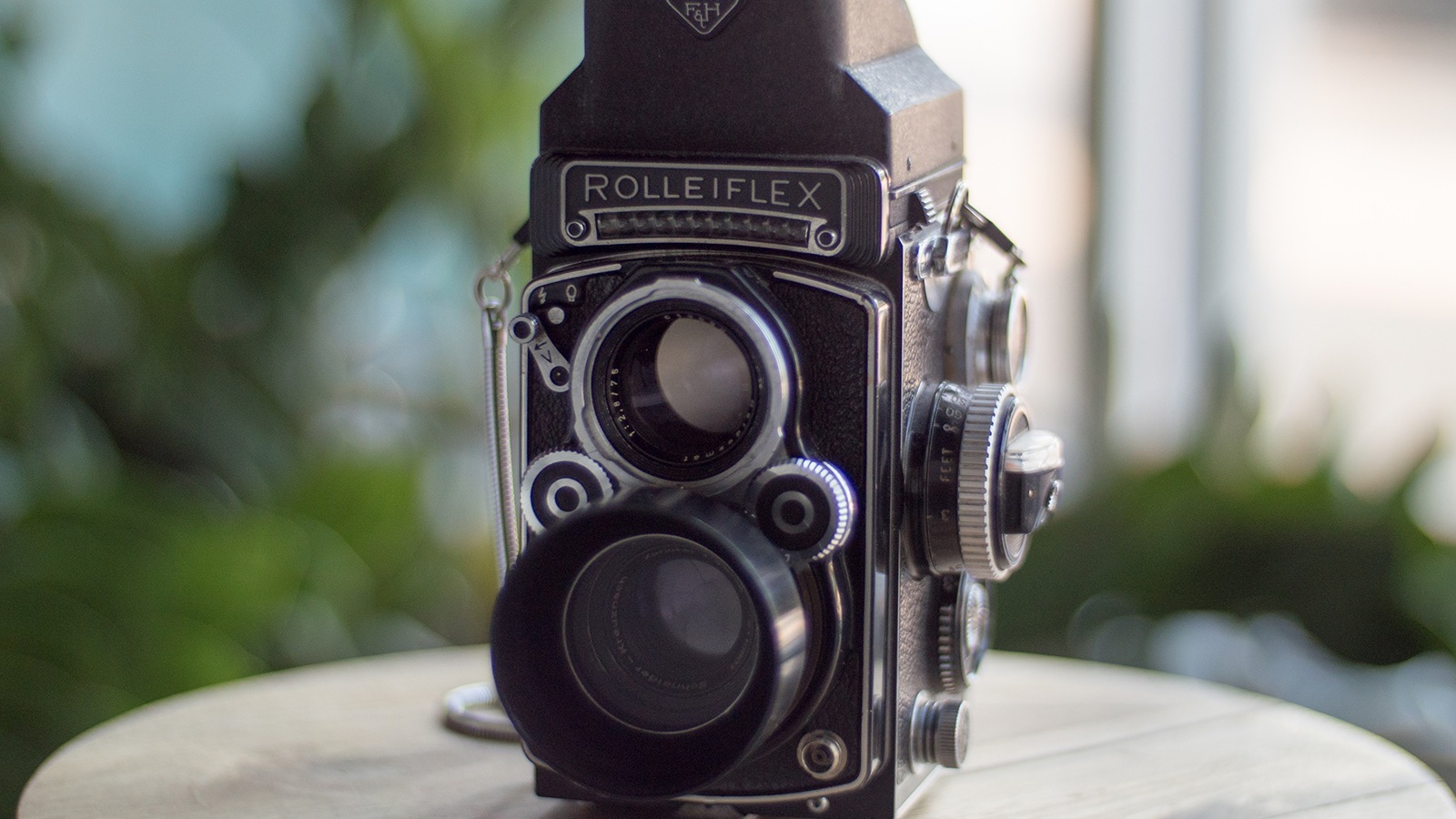In a digital age where smart phones and apps like Instagram can make practically any user look like Ansel Adams there is something very refreshing and inspiring about getting back to basics.
I started out in a darkroom, dodging and burning, rolling my own film, having super smelly chemically hands all day long. I made the switch to DSLR years ago now and have been using photoshop just as long. Over the last year or so my love for “old” camera equipment has been revitalized. After “inheriting” a bunch of Canon equipment from my wife’s Grandfather, (who was great amateur photographer!) I have been finding ways to adapt these old FD lenses to my current Canon cameras. The more you research these older lenses the more you learn about different camera mounts and types and manufactures. In my research I found out that there is a pretty decent sized community of shooters who are also shooting with “vintage” and non-native lenses. Let’s start with an equipment overview and then look at some comparison shots against a “modern” lens. Finally a gallery of images shot with FD lenses.
My current FD lens “workhorse” collection (R to L):
Adapters:
They are pretty readily available (as are the mounts for many different camera types), relatively inexpensive and have a great look and feel (both in build quality and in image). They are light and generally small and inconspicuous. You can purchase a 50mm F1.4 (made in Japan) for less than $60, as opposed to a “new” lens which would run you around $350 or more. You can even find an 85MM F1.2 for under $800 or a you can buy a “new” lens for $2000. Most of the older lenses are extremely well crafted and have great sharpness. Some of them have a great vintage softness that is popular with many photographers. With their price-point it can really give you the opportunity to shoot with a lot of different lenses at a fraction of the price.
As great as these “old lenses” can be to shoot with there are what some might consider some “cons” when using them:
(with micro 4/3 adapter)
(50mm equivalent with micro 4/3)

Both lenses at 1/200, ISO 200, F1.4. Image zoomed to 200% to show detail.
These images where shot with a Canon 5D Mark iii with the Canon FD 100 mm 2.8 S.S.C lens. The Detroit Design Festival happens each year in the late summer and I went over to the event on the Dequindre Cut Greenway near my home to check out a friend’s exhibit.
My advice is to go find an old camera at a thrift shop or antiques dealer (make sure it works) and get out there and start shooting. There are a lot of websites that talk about using non-native lenses and others that can help you find the right adapter for almost any lens. So hit up ebay and craigslist, you can scrounge up some amazing finds. These “old lenses” can add character and some amazing look and feel to your projects in both stills and video, all while not emptying out your bank account. Next steps for me, old Zeiss zebra film lenses and diving into the world of Russian made lenses. Can’t wait to try them out! I also found a great vintage Voightlander 35mm a while ago and have gotten back to shooting with film. The most important thing is to get out there and have fun and explore your gear.